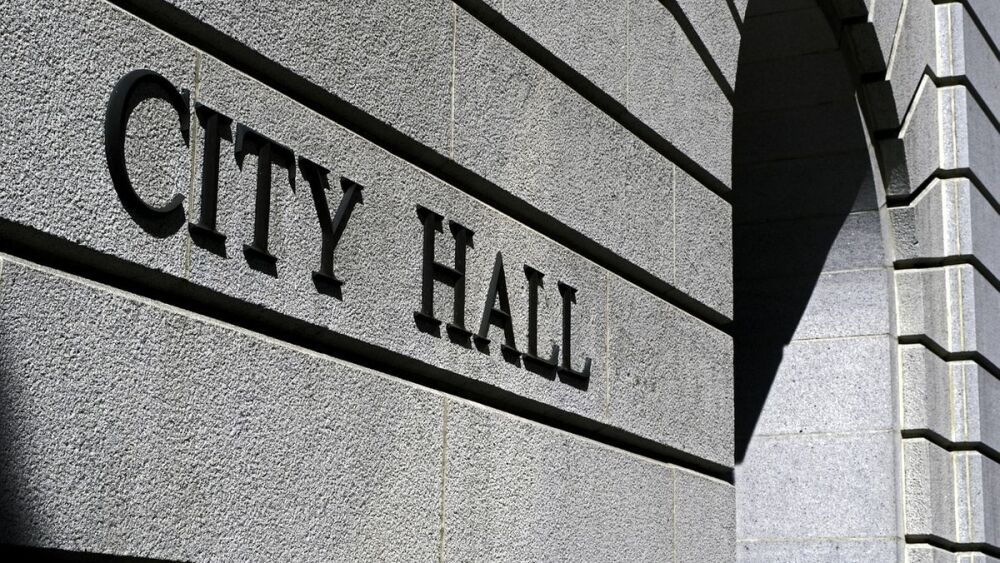By John Schwartz
The New York Times
NEW ORLEANS — Ten years ago, the neighborhood hard by the 17th Street canal in this city was water-blasted. The surges from Hurricane Katrina swept into the canal, broke through its flood walls and forced homes off their foundations. Much of New Orleans remained steeped in brackish filth for weeks until the sodden city could be drained.
In the aftermath, Congress approved $14 billion for a 350-mile ring of protection around the city with bigger and stronger levees, gigantic gates that can be closed against storms, and a spectacular two-mile “Great Wall of Lake Borgne” that can seal off the canal that devastated the city’s Lower Ninth Ward when its flood walls fail. More work is underway, including pump stations that will keep the city’s three main drainage canals from being overwhelmed again during storms.
The elaborate system of walls, pumps and gates is still not everything the Crescent City needs; some flooding of streets in heavy storms will always be a fact of life. But it goes a long way to fulfilling a promise by federal and state officials that the kind of widespread destruction from Hurricane Katrina, one of the worst disasters in United States history, will not happen again.
And it is only the start. As the federal government built a protective ring around New Orleans, state officials devised a plan to take care of other vulnerable areas in the state as part of a 50-year, $50 billion master plan. It combines structures such as levees with “green infrastructure,” like restored wetlands and bulked-up barrier islands to soften the punch of storms while providing havens for wildlife.
Read full coverage here.










